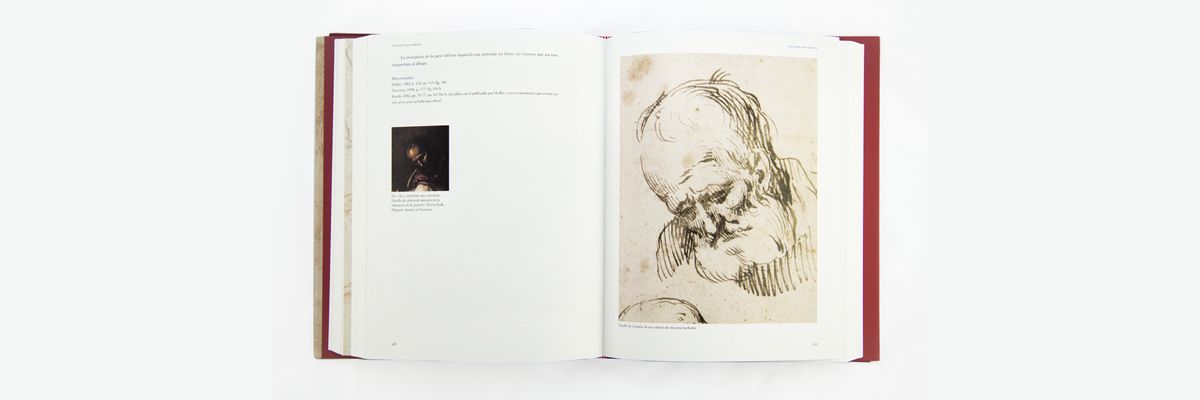Presentation
In the medium of drawing, Antonio del Castillo (1616-1668) is the most important artist of the period known as the Spanish Golden Age due to his versatility, inventiveness and the number of his drawings that have been preserved, particularly in view of the quality that his drawings still retain. Inexplicably, Castillo is a forgotten master, a great unknown who is absent from the landscape of international historiographical critique.
The research work carried out by Benito Navarrete and Fuensanta García de la Torre from 2007-2008 was complicated; the drawings were scattered in various locations, most of them outside of Spain – Florence, Hamburg, New York, Paris, London, etc. -, but their efforts were rewarded with important discoveries, new locations and attributions.
Comprehensive study of Castillo’s oeuvre reveals an artist whose drawings display a broad, varied and innovative register, with a distinctive partiality to narration, to describing the landscape, as well as an inclination towards the rustic and the popular.
The exhaustive study carried out enabled the researchers to confirm their thesis that Castillo’s drawings categorically influence his paintings; they are often treated as repertoire material and anticipate many of the solutions that he later gave shape to in his paintings.
This research enables us to conclude that no Spanish artist drew as much as Castillo, nor did any of our artists maintain such an absolute and genuine identity in both their designs and their paintings. For this reason, Antonio del Castillo is considered one of the most versatile and talented masters of the Spanish Baroque.








